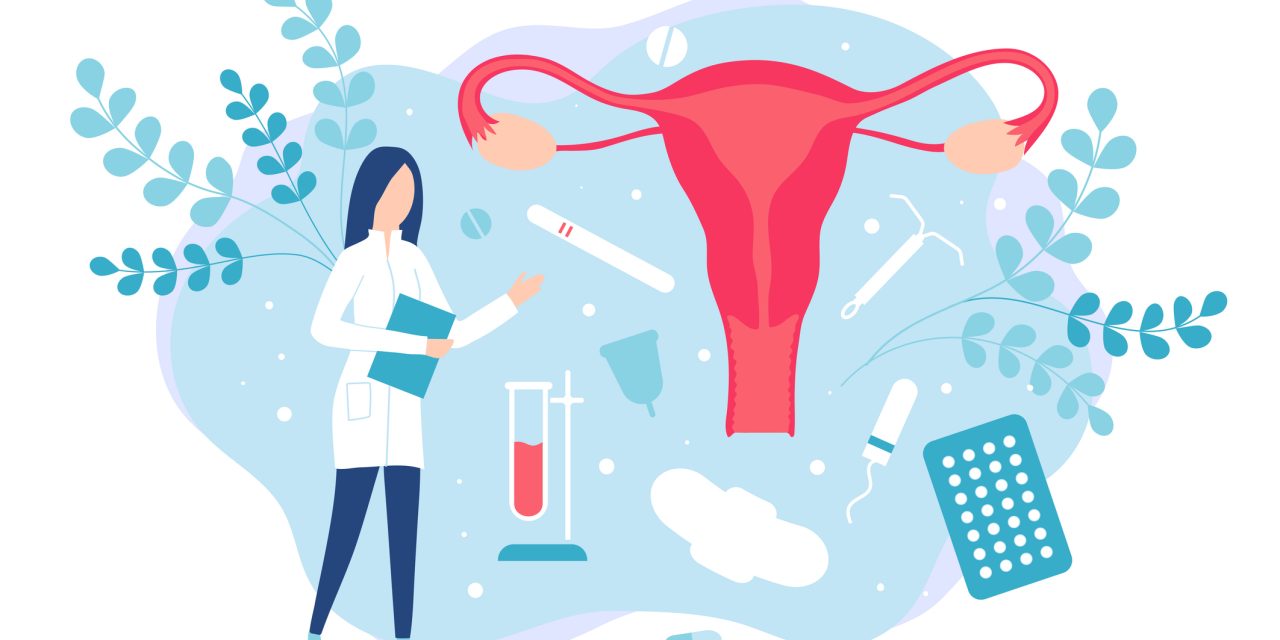Lateral epicondylitis is a painful ailment caused by the myotendinous origin of the extensor muscles at the humeral lateral epicondyle. Rest, nonsteroidal anti-inflammatory medications (NSAIDs), and physiotherapy are commonly used as primary treatments. However, in refractory situations where conventional therapy has failed, ultrasound-guided injectable treatments have become a popular treatment option. Needle tenotomy, autologous whole blood injection (AWB), platelet-rich plasma (PRP) injection, and steroid injection are examples. For this research, the researchers divided it on the basis of the efficacy of specific approaches to ultrasound-guided therapy, which was investigated further in this study.
There were several case reports that described the effectiveness of each intervention in refractory lateral epicondylitis while it analyzed various injectable therapies separately. A comprehensive evaluation of needle tenotomy found that treatment improved pain symptoms in people with this disease, however all of the trials were poorly conducted, with no placebo or control group.
Furthermore, with PRP treatment, a 2013 comprehensive review found a statistically significant improvement in pain and functioning for refractory lateral epicondylitis. These studies, however, were all linked with a substantial risk of bias. Autologous whole blood injection was tested in well-designed research and resulted in statistically substantial pain reductions. However, because relatively little research on AWB for lateral epicondylitis were done, no firm results could be reached at this time. Finally, corticosteroid treatment in general, both short and long term, is refuted by data, especially considering that this illness is not an inflammatory disorder.
Reference:journals.lww.com/jclinrheum/Abstract/2019/04000/Ultrasound_Guided_Interventions_in_Lateral.10.aspx


